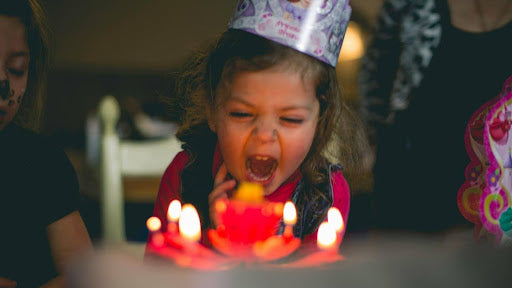 Dos
Dos
- Get Prepared Before Expressing: Always wash your hands with clean soap/Hand Wash and water properly before expressing the milk.
- Use the Optimum Quality Container: To store breast milk, use good quality capped food-grade glass containers or hard plastic containers. High-quality Freezer bags specially meant for storing breastmilk are the best option.
- Use Cleaned & Sanitized Containers: Ensure that you sanitize the containers and use only clean equipment, including pumps, baby bottles, and other feeding items. This will help the baby stay away from any diseases from contamination.
- Label Clearly: Label each container of breast milk with the date and time before storing it in the freezer.
- Use the Oldest Batch First: When using stored breast milk, use the oldest batch first.
- Use Thawed Milk within 24 Hours: Thawed milk should be used within a day. Any leftover milk after that should be disposed of.
- Keep Away From Direct Sunlight: Keep breastmilk away from direct sunlight at all times.
 Don'ts
Don'ts
- Do not keep unused milk outside for long intervals: Breast milk should not be kept outside at room temperature for more than 4-5 hours. You may keep breastmilk at room temperature for 6-8 hours only if it has been expressed in very clean conditions.
- Do not use containers that contain the chemical bisphenol A (BPA): Avoid daily use of plastic containers and plastic containers that contain BPA.
- Do not directly heat the breast milk: Never heat breast milk directly on the stove. Extremely hot milk loses essential nutrients and can also burn the baby's mouth.
- Do not microwave breast milk: Microwave heats liquids unevenly. There is always the risk of scalding the baby's mouth with unevenly hot milk in the microwave.
- Do not keep breastmilk at high-temperature spots: Do not keep breastmilk at temperatures higher than 77 degrees Fahrenheit to avoid bacterial growth.
- Don't Refreeze: Once breastmilk has been thawed, do not refreeze it.
- Check for the dates on the label and take out the oldest batch of breastmilk.
- Transfer the breast milk container that you want to use from the freezer to the refrigerator the night before.
- Gently warm the milk by leaving it under warm running water. You can also bring it to room temperature by putting the container in a bowl of warm water. You do not need to warm up the milk; it can be consumed at room temperature. If you want, you can make it lukewarm but be sure not to heat it.
- Use the thawed milk the same day. Any leftover thawed milk should be disposed of if not used within 24 hours.
 Useful Tips While Storing Breast Milk
Useful Tips While Storing Breast Milk
- Try storing breast milk in smaller portions of 60-120 milliliters and then adjust as needed.
- Try storing some containers with even smaller portions of 30 to 60 milliliters for unexpected situations or delays in regular feedings.
- While filling the containers, leave a little room and do not completely fill them, as breastmilk will expand during freezing.
- If you are traveling, you can store the milk temporarily in an insulated cooler with ice packs.
- Shake the milk before using it to ensure the fats are mixed evenly with the rest of the milk.



